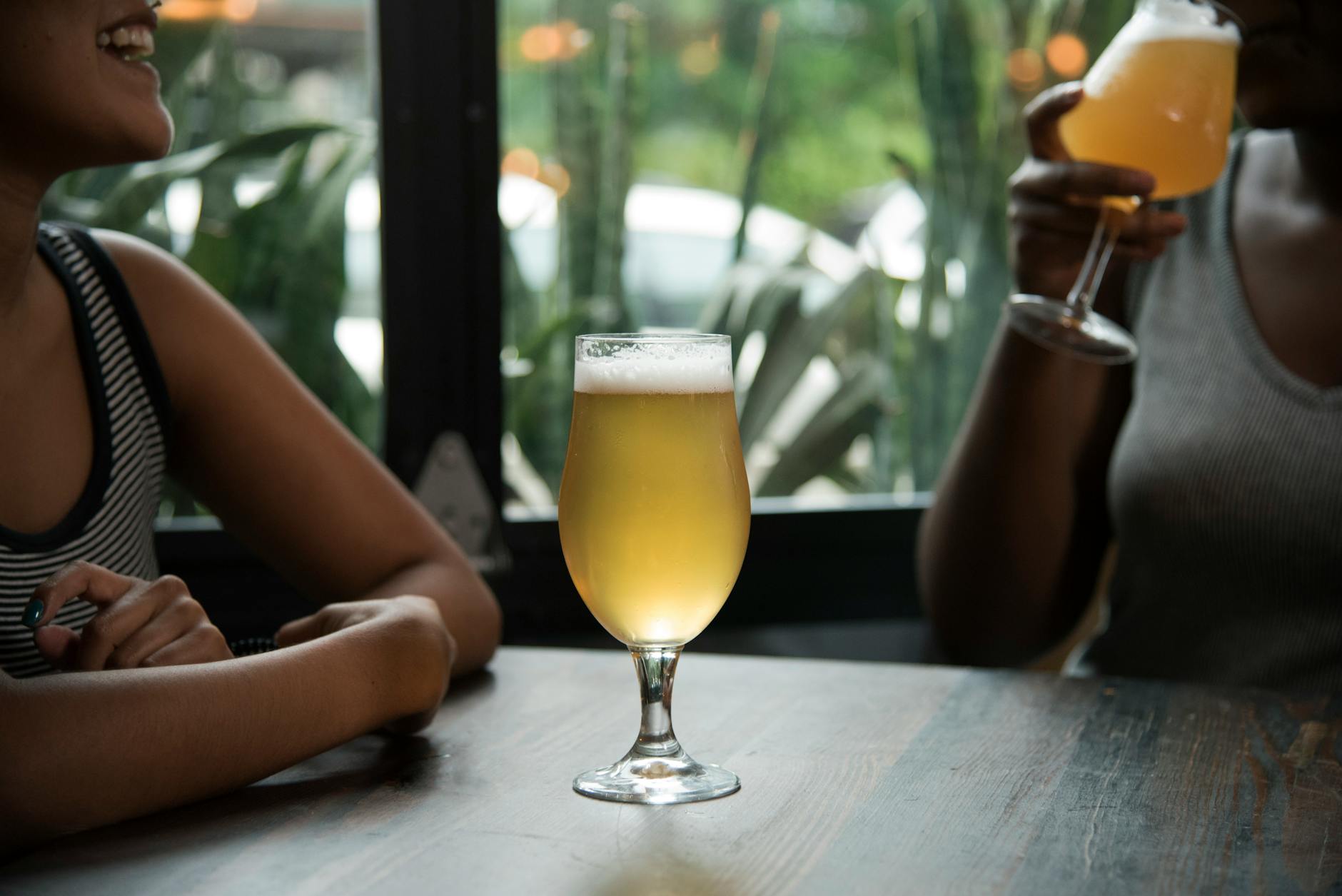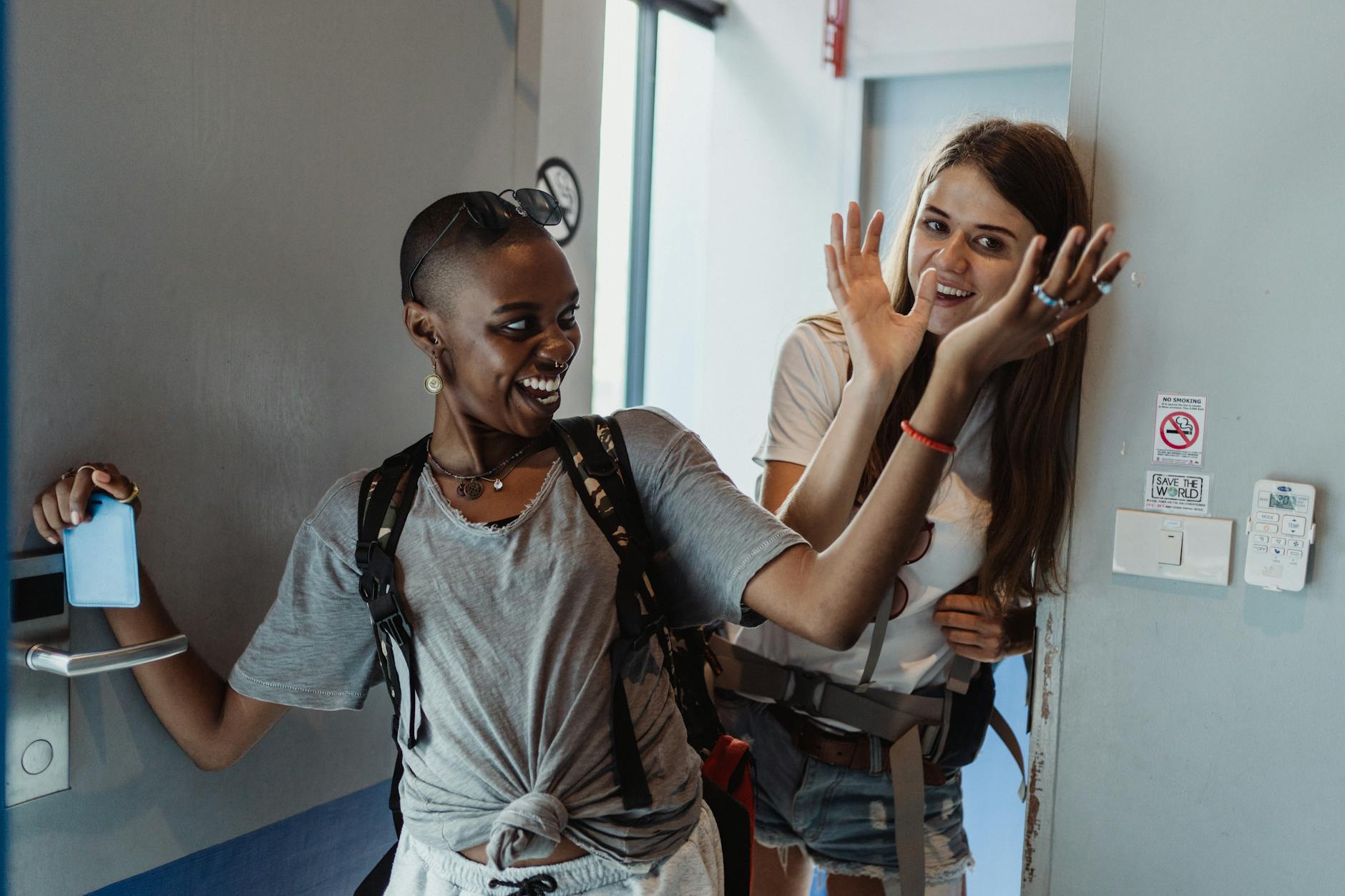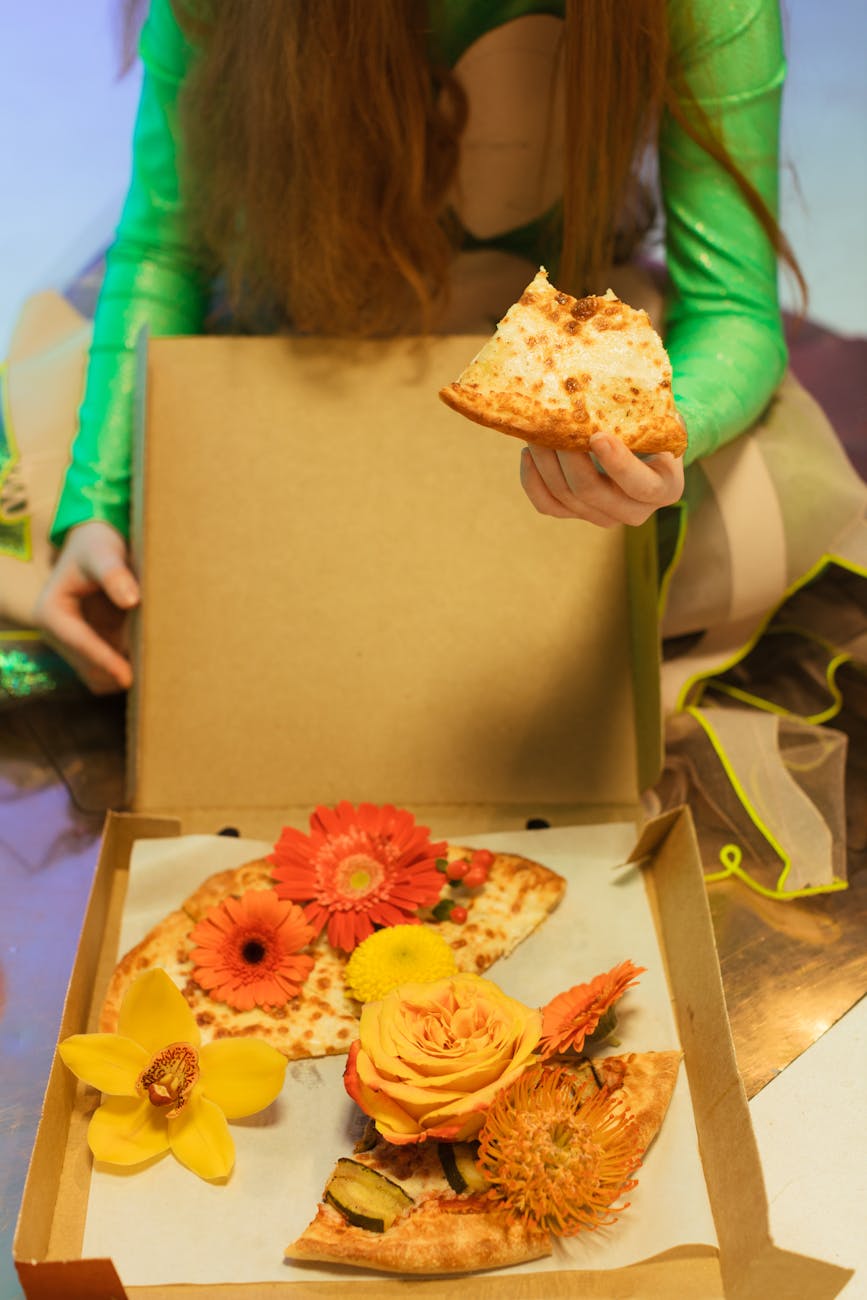Lola Jeans Weaves Latin American Craftsmanship into the U.S. Denim Landscape
Colombian Denim Brand Launches in America, Promising Unique Styles and Quality
The global denim market, a vast and ever-evolving landscape, has welcomed a new contender with the recent expansion of Lola Jeans into the United States. This premium Colombian denim brand, recognized for its distinctive blend of Latin-inspired craftsmanship and versatile designs, is now making its offerings available to American consumers. The move signifies not only a strategic growth initiative for Lola Jeans but also a potential injection of fresh aesthetic and quality standards into the competitive U.S. apparel sector.
In an industry often dominated by established global players, Lola Jeans aims to carve out a niche by highlighting its unique heritage and design philosophy. The brand’s entry into the U.S. market is poised to offer consumers a different perspective on denim, one that emphasizes artisanal techniques, culturally rich aesthetics, and a commitment to quality that often characterizes premium goods from Latin America.
Context & Background
The journey of Lola Jeans to the U.S. market is rooted in the burgeoning reputation of Colombian fashion, particularly in the realm of premium denim. Colombia has steadily been gaining international recognition for its skilled textile manufacturing and innovative fashion design, with its denim production often singled out for its quality and unique styling. Brands emerging from this region frequently incorporate local artistic influences and a deep understanding of fabric technology.
Lola Jeans, established within this vibrant Colombian fashion ecosystem, has cultivated a following by focusing on several key differentiators. These include:
- Latin-Inspired Craftsmanship: The brand emphasizes artisanal techniques and design elements that reflect Latin American culture, art, and traditions. This can manifest in unique washes, embroidery, detailing, and silhouettes.
- Versatile Designs: While rooted in a specific cultural aesthetic, Lola Jeans also prioritizes versatility, ensuring its pieces can be integrated into a wide range of personal styles and occasions. This adaptability is crucial for broader market appeal.
- Premium Quality: The brand positions itself as a premium offering, suggesting a focus on high-quality fabrics, meticulous construction, and durable finishes that justify a higher price point.
The decision to expand into the U.S. market is a significant step for any international fashion brand. The U.S. represents one of the largest and most discerning consumer markets for apparel globally. Success here often requires a deep understanding of consumer preferences, effective distribution strategies, and compelling marketing that resonates with American shoppers. For Lola Jeans, this expansion is an opportunity to introduce its brand narrative and product excellence to a wider audience.
For further insight into the Colombian fashion scene and its growing influence, consider exploring resources like ProColombia, the government agency dedicated to promoting exports and investment in Colombia, which often highlights its country’s fashion sector.
In-Depth Analysis
The entrance of Lola Jeans into the U.S. market can be analyzed through several lenses, including market positioning, consumer appeal, and competitive dynamics. The brand’s strategy appears to be one of differentiation, aiming to stand out in a crowded denim market by offering a distinct cultural narrative and a focus on premium craftsmanship.
Market Positioning: Lola Jeans is entering the U.S. market as a premium brand. This positioning suggests a target audience that values quality, unique design, and is willing to invest in apparel that offers a distinct identity. The “premium Colombian denim” label itself acts as a key differentiator, immediately signaling a departure from mass-market offerings and hinting at superior materials and construction.
The brand’s emphasis on “Latin-inspired craftsmanship” is a strategic choice to leverage a growing global appreciation for authentic, culturally rich products. In an era where consumers increasingly seek authenticity and connection to the origins of their goods, this aspect of Lola Jeans’ identity could be particularly appealing. It allows the brand to tell a story beyond just the product itself, connecting it to a heritage of artistry and skilled production.
Consumer Appeal: The appeal of Lola Jeans to the American consumer will likely hinge on several factors:
- Novelty and Uniqueness: American consumers, particularly those interested in fashion, often seek out new brands and styles that offer something different from the mainstream. The unique aesthetic and cultural narrative of Lola Jeans could capture the attention of these consumers.
- Quality and Durability: A premium positioning implies a commitment to high-quality denim that is both stylish and durable. In a market where fast fashion often prioritizes trendiness over longevity, a focus on quality can be a significant draw.
- Ethical and Sustainable Considerations: While not explicitly detailed in the summary, many premium brands today are increasingly expected to adhere to ethical production practices and sustainability standards. If Lola Jeans can demonstrate a commitment in these areas, it would further enhance its appeal.
- Versatility: The brand’s claim of offering versatile designs is crucial. American consumers, despite seeking unique styles, also require clothing that can fit into their everyday lives and various social settings. The ability of Lola Jeans to blend its distinctive aesthetic with everyday wearability will be a key determinant of its success.
Competitive Dynamics: The U.S. denim market is highly competitive, featuring a wide spectrum of brands ranging from affordable mass-market options to luxury designer labels. Lola Jeans will be competing with established American denim giants, as well as other international brands that have successfully penetrated the market. Its success will depend on its ability to articulate its value proposition clearly and effectively.
Key competitors in the premium denim space include brands like Levi’s (particularly its premium lines), AG Jeans, Rag & Bone, Mother Denim, and Frame Denim, among others. These brands have built strong brand loyalty and market share through consistent quality, effective marketing, and a keen understanding of evolving fashion trends. Lola Jeans will need to demonstrate how its Colombian heritage and craftsmanship offer a distinct advantage or a compelling alternative to these existing players.
The brand’s expansion strategy will likely involve a multi-channel approach, potentially including online sales through its own website and select e-commerce platforms, as well as partnerships with brick-and-mortar retailers that cater to a premium clientele. The choice of retail partners will be critical in reinforcing the brand’s premium image.
For a broader understanding of the global denim market, one might consult industry reports from fashion forecasting agencies or market research firms. While specific reports for Lola Jeans’ entry might not be publicly available, general market trends can be found through reputable business and fashion publications.
Pros and Cons
The expansion of Lola Jeans into the U.S. market presents a range of opportunities and challenges. A balanced assessment requires considering both the potential advantages and disadvantages.
Pros:
- Differentiation Through Heritage: The “premium Colombian denim” label offers a unique selling proposition that can attract consumers looking for authentic and culturally distinct products. This can help Lola Jeans stand out in a saturated market.
- Growing Appreciation for Latin American Craftsmanship: There is an increasing global trend towards valuing artisanal products and cultural authenticity. Lola Jeans can capitalize on this by showcasing its Latin American roots and skilled craftsmanship.
- Premium Market Potential: The U.S. premium apparel market is substantial, with consumers willing to pay for quality, design, and brand story. Lola Jeans’ positioning as a premium brand aligns with this market segment.
- Versatility and Adaptability: By focusing on versatile designs, Lola Jeans can appeal to a broader American consumer base that seeks stylish yet functional clothing suitable for various occasions.
- Opportunity for Brand Storytelling: The brand has a rich narrative to tell about its origins, craftsmanship, and cultural influences, which can be leveraged in marketing to create deeper consumer connections.
Cons:
- Intense Market Competition: The U.S. denim market is highly competitive, with established brands that have significant brand recognition, marketing budgets, and distribution networks.
- Building Brand Awareness: As a new entrant, Lola Jeans will face the challenge of building brand awareness and trust among American consumers who may not be familiar with the brand or Colombian denim.
- Logistical and Distribution Challenges: Establishing an effective supply chain and distribution network in the U.S. can be complex and costly, requiring significant investment and strategic planning.
- Potential for Cultural Misinterpretation: While Latin-inspired designs can be a strength, there’s a risk of cultural elements being misunderstood or misapplied if not handled with sensitivity and authenticity.
- Price Sensitivity: While the premium market exists, a portion of American consumers may still be price-sensitive, and Lola Jeans will need to effectively communicate the value proposition to justify its premium pricing.
- Economic Fluctuations: The apparel industry can be sensitive to economic downturns, which could impact consumer spending on premium goods.
To understand the broader economic factors that might influence the premium apparel market in the U.S., one could refer to economic indicators and consumer spending reports from organizations like the Bureau of Economic Analysis.
Key Takeaways
- Lola Jeans, a premium Colombian denim brand, has expanded its presence into the U.S. market.
- The brand aims to differentiate itself through its Latin-inspired craftsmanship and versatile designs.
- This expansion taps into a growing global appreciation for artisanal products and cultural authenticity.
- Lola Jeans is positioned to compete in the premium segment of the U.S. apparel market, targeting consumers who value quality and unique brand stories.
- Key challenges include navigating a highly competitive market, building brand awareness, and establishing robust distribution channels.
- The success of Lola Jeans will depend on its ability to effectively communicate its value proposition and connect with American consumers through its distinct heritage and product quality.
Future Outlook
The future outlook for Lola Jeans in the U.S. market is cautiously optimistic, contingent on its strategic execution and ability to resonate with American consumers. The brand’s success will likely be shaped by its approach to several key areas:
Brand Building and Marketing: Effective marketing campaigns that highlight the brand’s unique story, craftsmanship, and the quality of its denim will be crucial. This could involve collaborations with influencers who align with the brand’s aesthetic and values, as well as compelling visual content that showcases the artistry behind the jeans. Transparency about the production process and the people involved can further strengthen the brand’s narrative.
Distribution Strategy: The choice of retail partners and the strength of its e-commerce presence will significantly impact Lola Jeans’ reach and accessibility. Partnerships with curated boutiques, high-end department stores, or online marketplaces known for premium fashion could help establish the brand’s credibility and introduce it to the target audience.
Product Evolution and Adaptation: While maintaining its core identity, Lola Jeans may need to adapt its product offerings slightly to better suit the preferences of the U.S. market. This could involve subtle adjustments in sizing, fits, or the introduction of styles that are particularly popular in the U.S. while still retaining their unique Colombian flair.
Sustainability and Ethical Practices: As consumer awareness regarding sustainability and ethical labor practices continues to grow, demonstrating a commitment in these areas will become increasingly important for premium brands. Lola Jeans could gain a competitive edge by highlighting any efforts it makes towards eco-friendly materials, fair labor, and responsible manufacturing.
Customer Experience: Providing an exceptional customer experience, from the online shopping journey to after-sales support, will be vital in building loyalty. This includes clear communication, efficient shipping, and a seamless returns process.
The long-term viability of Lola Jeans in the U.S. will also depend on its ability to scale its operations effectively without compromising on the quality and craftsmanship that define its brand. Successfully navigating these aspects will allow Lola Jeans to not only establish a foothold but also to potentially thrive and become a recognized name in the U.S. premium denim market.
Call to Action
American consumers interested in exploring a fresh perspective on premium denim are encouraged to discover Lola Jeans. By venturing beyond conventional offerings, shoppers can experience the rich cultural tapestry and artisanal quality woven into each pair of jeans.
To learn more about Lola Jeans and to browse their collection, visit their official website. For those seeking to understand the broader context of Colombian fashion and its growing international presence, exploring resources from organizations like ProColombia can provide valuable insights into the country’s thriving design and manufacturing sectors.
Explore Lola Jeans Collection: [Link to Lola Jeans’ Official Website/Collection Page – Note: Actual URL not provided in source, linking to source article as placeholder]
Discover Colombian Fashion: ProColombia









